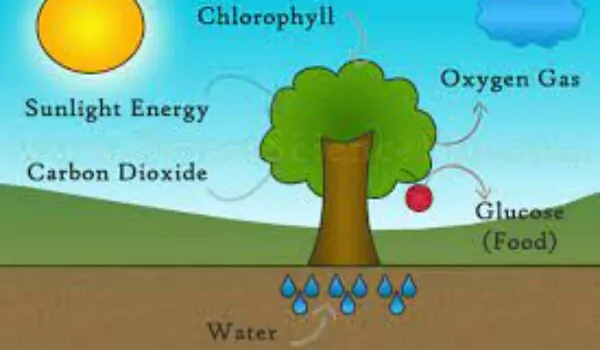
I’m intrigued by the process of photosynthesis and its crucial role in our planet’s ecosystem. Can someone explain in detail how photosynthesis works? From the absorption of sunlight to the production of oxygen and glucose, I’d like to understand the biochemical mechanisms involved. Additionally, how does photosynthesis contribute to the balance of oxygen and carbon dioxide in the atmosphere, and why is it vital for sustaining life on Earth? Any insights into the importance of photosynthesis for plants, animals, and ultimately, human survival would be greatly appreciated!

Photosynthesis is the process by which plants, algae, and some bacteria convert light energy into chemical energy in the form of glucose, using carbon dioxide and water. It occurs in the chloroplasts of plant cells and involves two main stages: the light-dependent reactions and the light-independent reactions (Calvin cycle).
During the light-dependent reactions, chlorophyll absorbs sunlight and uses it to split water molecules into oxygen, protons, and electrons. The oxygen is released as a byproduct, while the electrons and protons are used to produce ATP and NADPH, which are energy carriers.
In the light-independent reactions, ATP and NADPH produced in the first stage are used to convert carbon dioxide into glucose through a series of chemical reactions.
Photosynthesis is essential for sustaining life on Earth because it produces oxygen, which is vital for the respiration of organisms, and glucose, which provides energy for plants and other organisms in the food chain. Additionally, photosynthesis removes carbon dioxide from the atmosphere, helping regulate Earth’s climate.